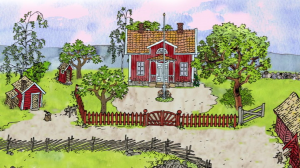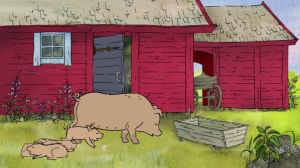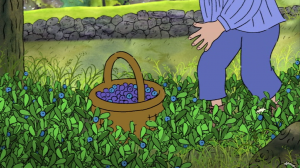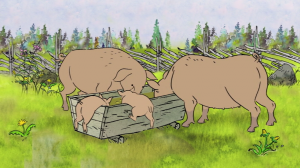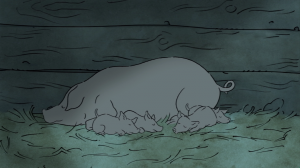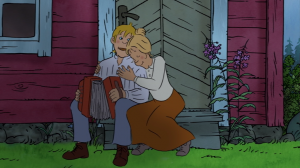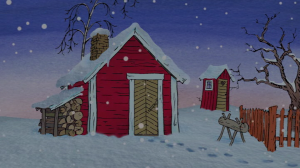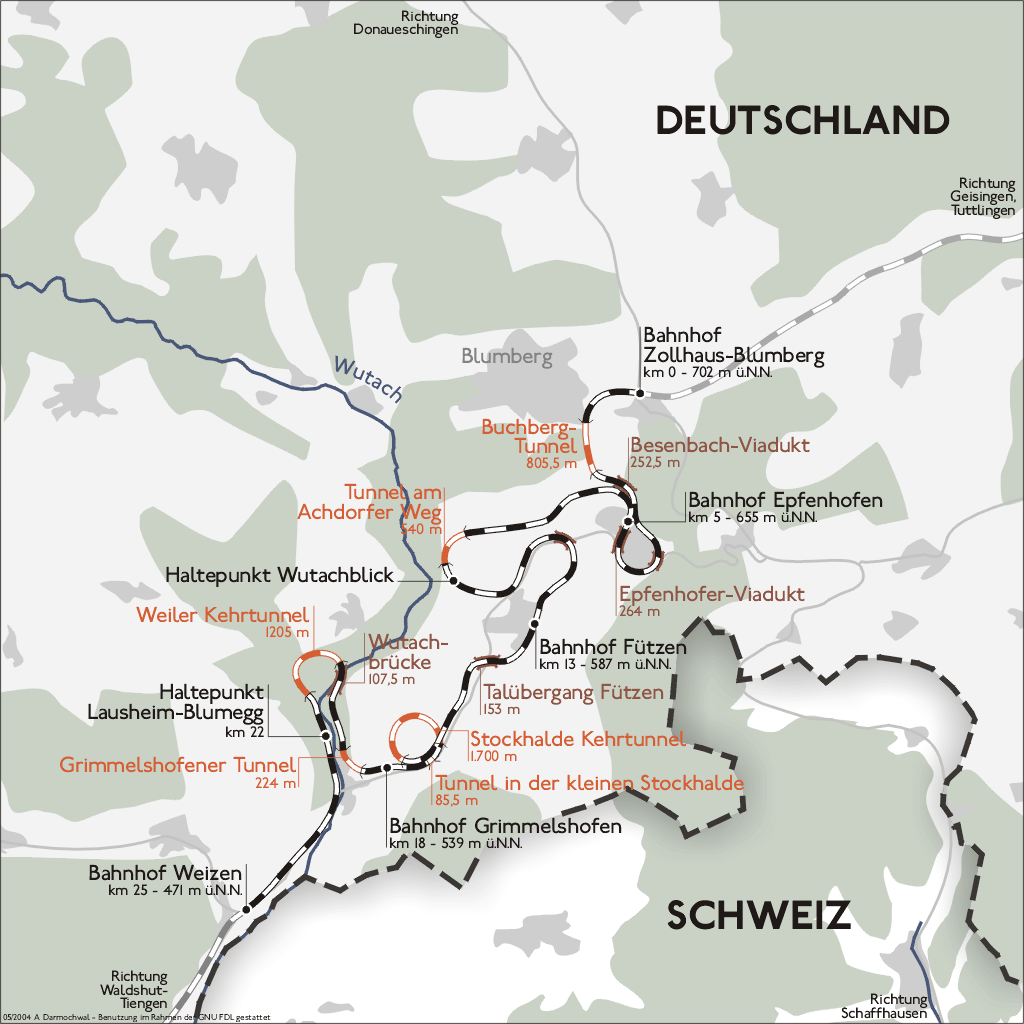So what I’ve discovered today.
There’s a Schwarzwaldbahn going through Schwarzwald from Offenburg to Konstanz and there’s a station there — Villingen. That station bears a plaque that it had 10000th kilometre of electrification of DB network done in 1975 (DDR railways on the other hoof lost most of its electrification after the war because it was more important to electrify Soviet railways but that’s another story).
And there’s a branch connecting Villingen (Baden) with Rottweil (Württemberg) — unelectrified. And that branch has its own subbranch to Trossingen Stadt. That subbranch is also served by a diesel railbus. But unlike the branch it connects to it’s electrified! And that electrification is used only by museum vehicles from 1930s-1960s that are electric only (or in one case it’s a carriage with an electric locomotive).
On most such lines in Germany one usually has trains hauled by a steam locomotive or a diesel rail buses and the main traffic is electrified but in this case it’s the other way round. I have only one possible explanation — Württemberg.
P.S. Still it’s hard to find stupider situation with electrification than in Denmark. The only countries it has connections to had chosen 15 kV 16? Hz system. Denmark settled on 25 kV 50 Hz. But looking at their other railway-related decision (i.e. IC4) it seems logical.
P.P.S. For Ukraine the situation is sadder — once I was in Uzhgorod-Kharkiv train and it had to change locomotive twice because there are two electrification systems there (which make three areas). They claim it was done to better account for relief, i.e. different electrification for the flatter and mountainy regions. Hopefully there will be more two-system trains in the future (and there will be the future too).
